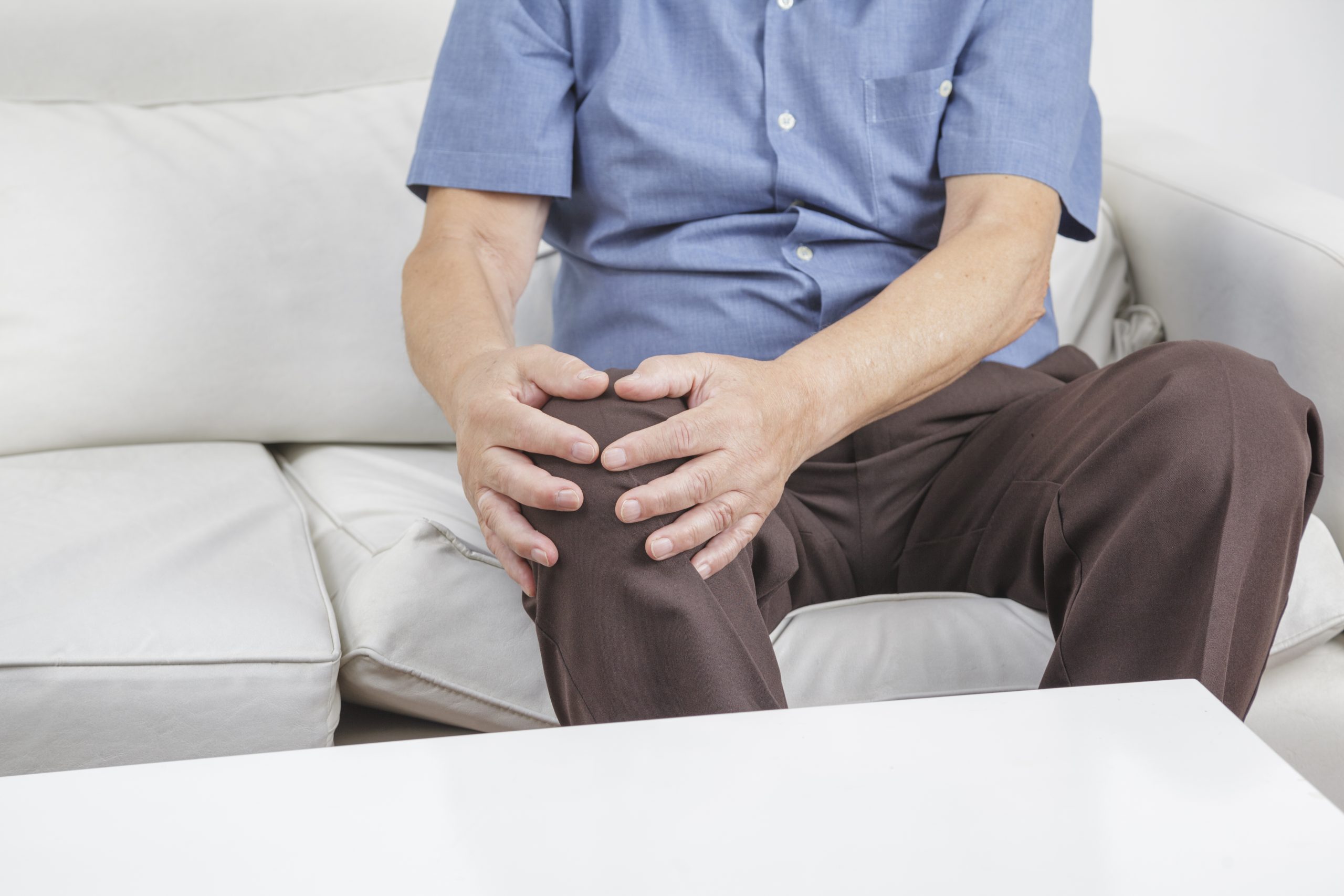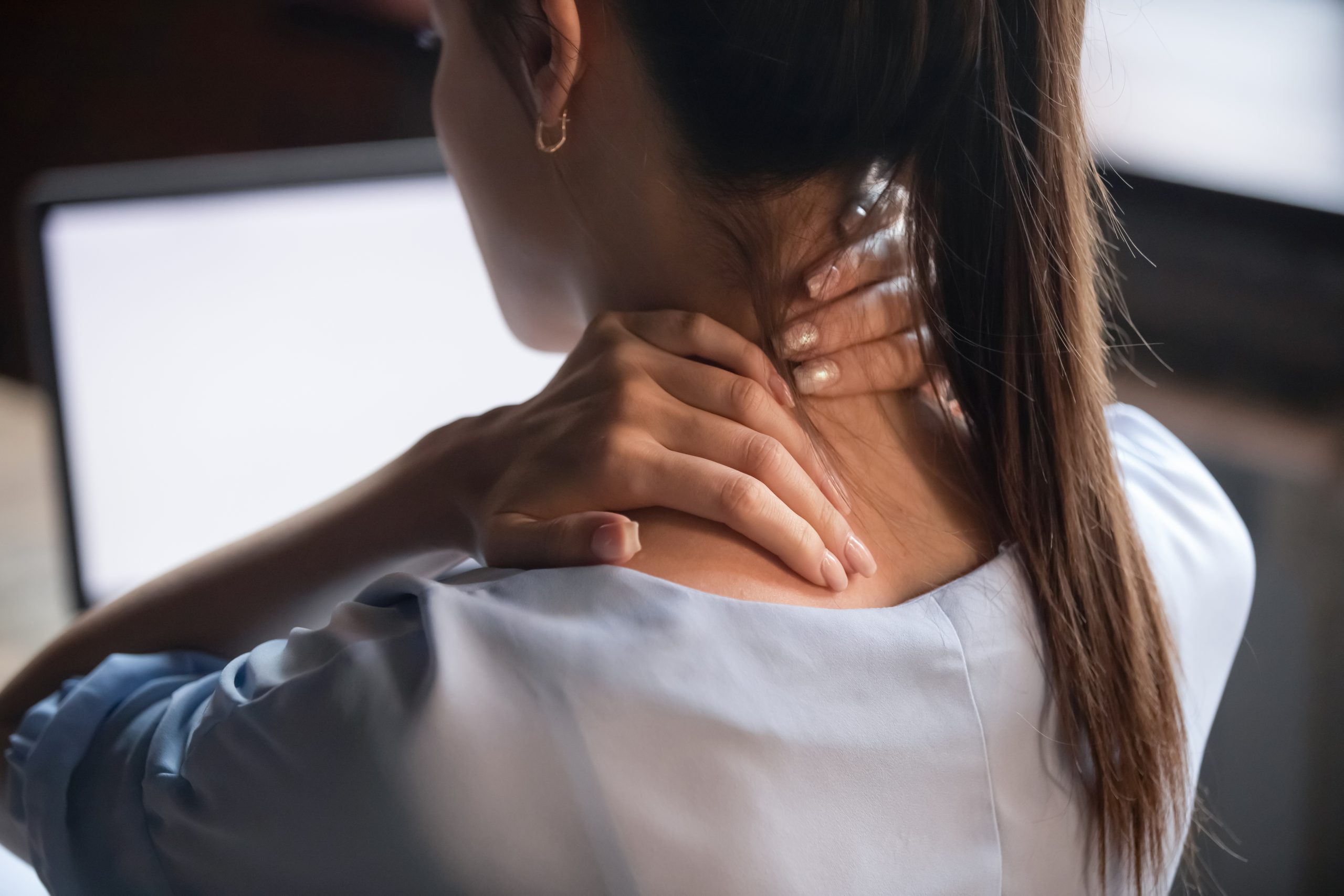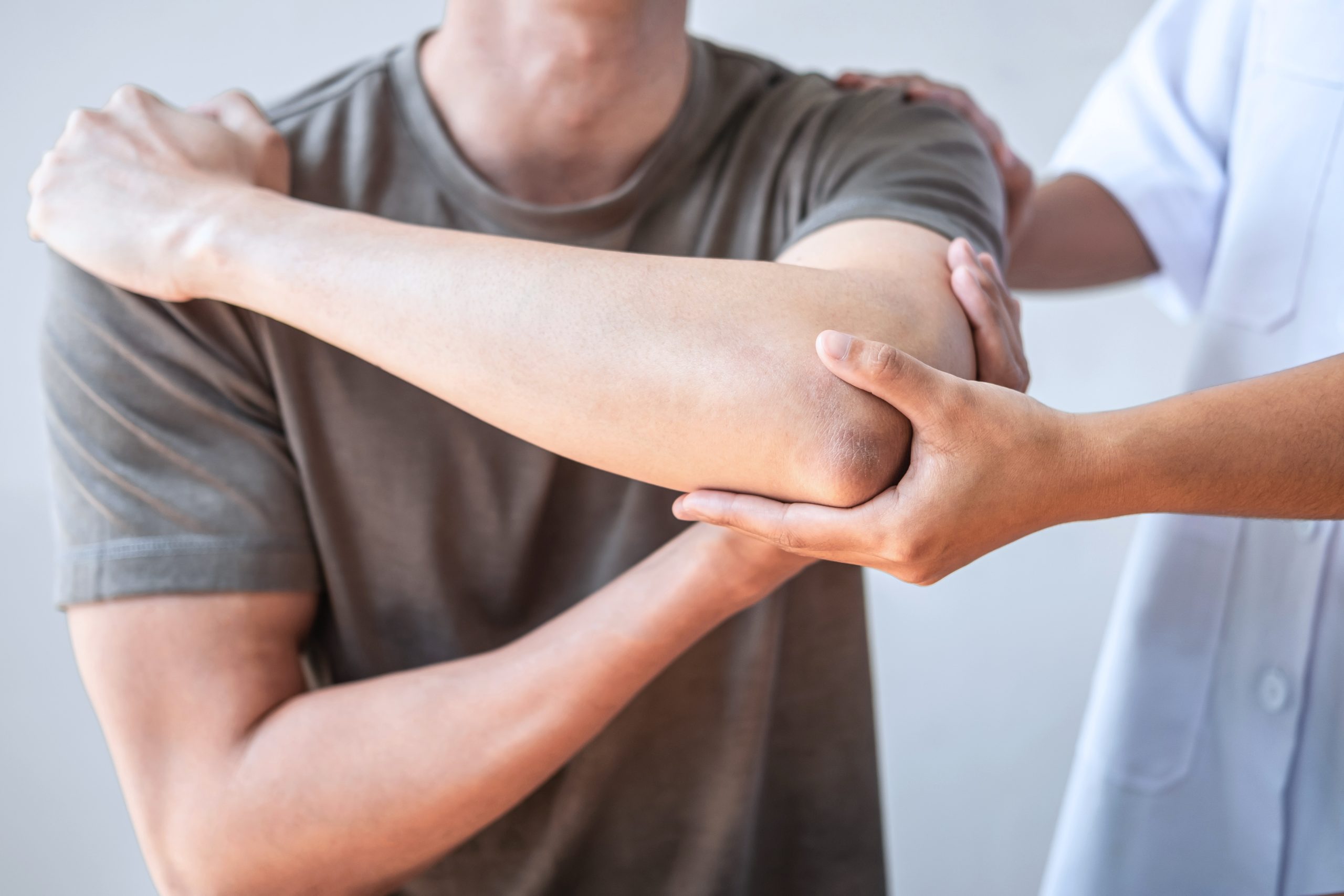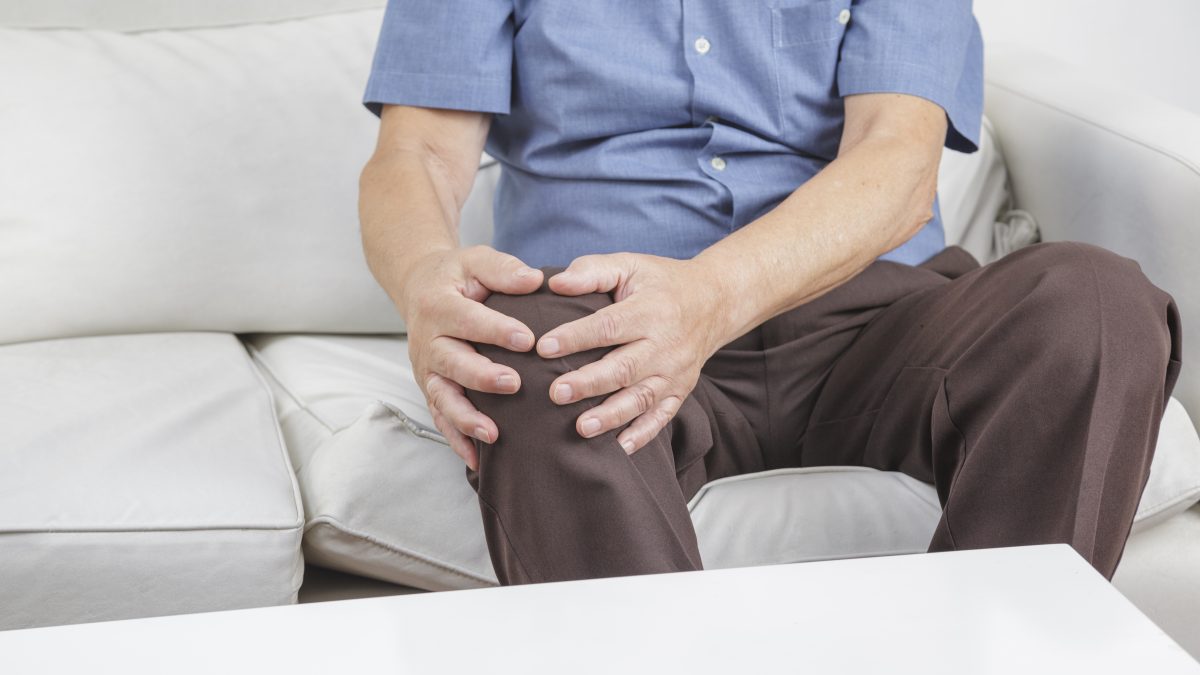- Have any questions?
- (+91) 02792 230240
- info@smcgh.edu.in

15 internships for pre-medical students that give an excellent clinical experience
November 28, 2022
Essential Skills Of A Successful Doctor
November 29, 2022It’s cold outside! Take care of your joints
We often hear from our grandmothers and mothers to eat healthy and exercise regularly, especially during the time when seasons are changing. With the onset of winter, we must especially adjust to seasonal changes to keep our bodies warm and active. This is because people often experience joint and muscle pain during these months. The drop in temperature stiffens the muscles and can trigger underlying arthritis pain. A balanced diet and a lifestyle to keep the body warm and flexible are often adapted towards the winter-approaching months.
If you are someone who often experiences such pain or has a history of joint pain, one recommended way to avoid it in the coming winter is to consult a specialist for joint pain management . The joint pain management clinic at Shantabaa Medical College and General Hospital (SMCGH) helps people suffering from arthritis manage and control pain.

Why does cold weather cause stiffness and pain in joints?
The relation between the drop in temperature and joint pain is pretty evident. It has been discussed and studied for various years but the exact reason for the pain is still not clear.Though there are some theories by researchers which are as follows:
-- There is a liquid present in the joint called "Synovial fluid" which thickens during cold. This results in reduced lubrication between joints making it difficult to move.
-- The stiffness of muscles makes the movements difficult and that is why people tend to feel more pain.
-- People prefer to stay indoors, and limited exposure to the sun causes a decreased level of vitamin D which may weaken the muscles to cause pain.
-- The atmospheric pressure on joints decreases which allows joints to expand a little bit which stretches the tissues attached to them and irritates nerves around them resulting in joint pain.
-- Cold weather tends to have a negative impact on human mood, which decreases pain tolerance levels.
-- The reasons may differ from person to person according to health conditions and medical history, but a pain management specialist can help you through it.
-- There is a liquid present in the joint called "Synovial fluid" which thickens during cold. This results in reduced lubrication between joints making it difficult to move.
-- The stiffness of muscles makes the movements difficult and that is why people tend to feel more pain.
-- People prefer to stay indoors, and limited exposure to the sun causes a decreased level of vitamin D which may weaken the muscles to cause pain.
-- The atmospheric pressure on joints decreases which allows joints to expand a little bit which stretches the tissues attached to them and irritates nerves around them resulting in joint pain.
-- Cold weather tends to have a negative impact on human mood, which decreases pain tolerance levels.
-- The reasons may differ from person to person according to health conditions and medical history, but a pain management specialist can help you through it.
Who is more susceptible to joint pain?
Each body reacts differently to the changing temperature. People with arthritis and chronic pain are more defenseless against joint pain. Any past injury may also get triggered due to the cold and causes pain, so a person with such a record is also vulnerable to pain.

When to see a doctor for joint pain?
A specialist physician in joint pain management should be consulted when there is a persistent difficulty in moving the joint, redness, or swelling around a particular area or if you experience any unusual symptoms or pain.
SMCGH has recently set up a clinic, especially for people suffering from joint pain. Specialist physicians guide people with the right set of exercises and medication to keep the pain in control.
How can you reduce the risk of joint pain this winter?
Stay Warm: To protect your joints and body from the cold wave, dress up in warm layers. Shoes and socks play a major role to keep you warm. Protect knee joints with tights or leggings. Take extra effort in protecting joints that cause pain.
Stay Active: Keep moving to keep your joints in action and to keep your body flexible. Exercise indoors, go for a walk or go for a bicycle ride when the sun is out. Stretching and moving will soothe your joints. Pick your routine with whatever form you prefer to stay fit, healthy, and warm.

Eat Healthy: This is repetitive and a given but following a diet that boosts your overall health during the cold can be very useful. Omega-3 acid which is found in nuts and salmon reduces pain or inflammation around joints. Vitamin K which is found in green leafy vegetables like spinach strengthens the bones. It is also advisable to consume food that contains Vitamin D because exposure to the sun is very limited during this season.
Keep your weight in check: People tend to eat food that is high in fat during winter and they also spend a lot of hours indoors which may add extra kgs. This extra weight impacts the degree of stress or discomfort felt on joints.
Consult a specialist: A pain management physician who guides patients by prescribing a particular set of exercises, therapies, and medication according to the intensity of pain and situation should be consulted to keep the pain in check and to get it in control if and when the situation worsens.
Pain Management Clinic At Shantabaa Medical College and General Hospital
To help people who are suffering from chronic pain, SMCGH has recently initiated a pain management clinic. The experts and specialists at the clinic help patients make a comprehensive pain management plan which consists of exercises, therapies, and medication. Each plan is unique according to the situation.

While winter is the time of warm snuggles and hot cocoas, it's also a good time to stay fit and healthy. Joint pain is the last thing you want during your winters. So it's better to stay prepared mentally and physically for the coming season. Incorporate these suggestions into your routine to reduce joint pain this winter.





1 Comment
Wonderful web site Lots of useful info here Im sending it to a few friends ans additionally sharing in delicious And obviously thanks to your effort